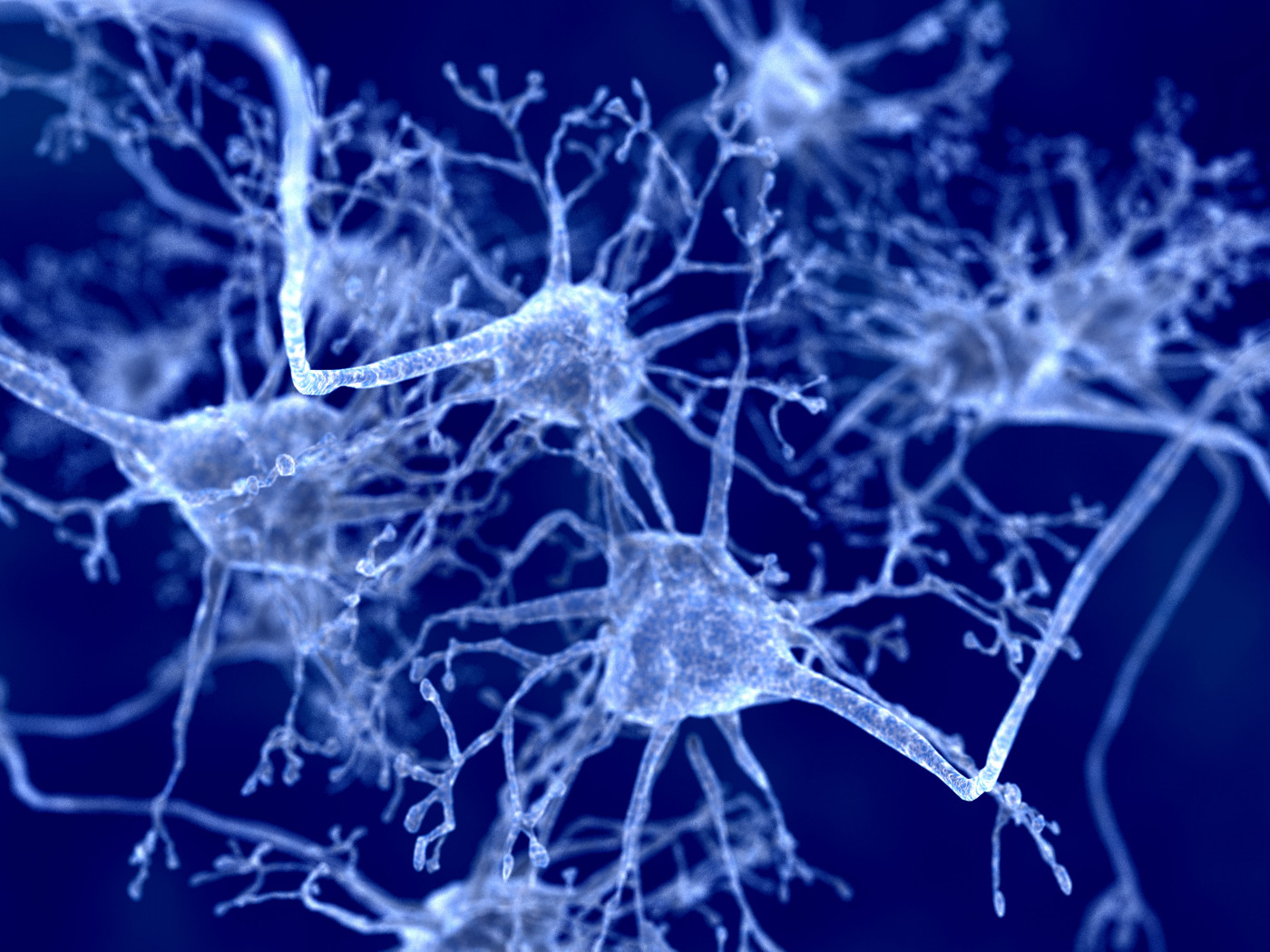#ECTRIMS2019 — Eliminating SARM1 Protects Neurons in Mouse Model of MS
Written by |

Eliminating SARM1, an enzyme that plays a key role in nerve cell degeneration, protects neurons in mice with experimental autoimmune encephalomyelitis (EAE), a condition that mimics the key pathological features of multiple sclerosis (MS) in humans.
The preclinical findings were presented by researchers at Disarm Therapeutics in a poster titled, “SARM1 deletion protects axons in a model of inflammatory demyelination,” at the 35th Congress of the European Committee for Treatment and Research in MS (ECTRIMS), held Sept. 11–13 in Stockholm.
SARM1 is the central driver of a highly conserved degeneration program triggered by inflammation, physical or chemical insults that affect axons — the extensions of nerve cells (also known as neurons) that are responsible for transmission of electrical signals within the central nervous system (brain and spinal cord).
Disarm previously presented data, at the Neuroscience 2018 conference in San Diego, showing that blocking SARM1 activity protected axons from damage, and reduced the levels of two biomarkers of SARM1 activity and neurodegeneration — neurofilament light chain (NfL) and cyclic ADP ribose (cADPR) — in neurons cultured in a lab dish.
Ask questions and share your knowledge of Multiple Sclerosis in our forums.
The company then took the next step and investigated the therapeutic potential of genetically eliminating SARM1 in mice with EAE, an inflammatory disease that leads to axonal degeneration, much like MS in humans.
Key findings from this preclinical study were reported in the poster at ECTRIMS, and showed that:
- In EAE mice in which SARM1 remained active, the plasma levels of NfL, a biomarker of axonal degeneration and disease progression, increased by approximately 500% when animals reached the peak of the disease, and remained elevated for at least another week before starting to decline;
- In EAE mice in which both copies of SARM1 (the gene that provides instructions to make SARM1 protein) had been eliminated, the plasma levels of NfL dropped by 76% at the peak of the disease, and by 85% in the week after;
- SARM1 deletion also lessened the loss of myelin (the fatty substance that protects axons) in mice with EAE;
- SARM1 deletion did not affect disease onset, time course or clinical scores in the animals, and therefore did not prevent the initial inflammation process that triggers EAE.
“Today’s results are particularly exciting because they provide further evidence that SARM1 is a viable therapeutic target for MS and other [central nervous system] axonopathies,” Alvin Shih, president and chief executive officer of Disarm Therapeutics, said in a press release.
“To date, treatments for patients with MS have focused on immunomodulatory therapies to slow disease. With these new data, there is potential for a new and complementary approach to modifying the course of disease in MS,” Shih said.
Disarm is currently developing SARM1 inhibitors for central axonopathies (conditions affecting the axons of neurons), including MS.
“These experimental results deepen our growing understanding of SARM1,” said Rajesh Devraj, PhD, chief scientific officer and co-founder of Disarm Therapeutics.
“Previous research demonstrated that SARM1 inhibition could protect axons in traumatic injuries. These new data go further, establishing that SARM1 plays a role in protecting axons from immuno-inflammatory damage in diseases such as MS,” Devraj concluded.





